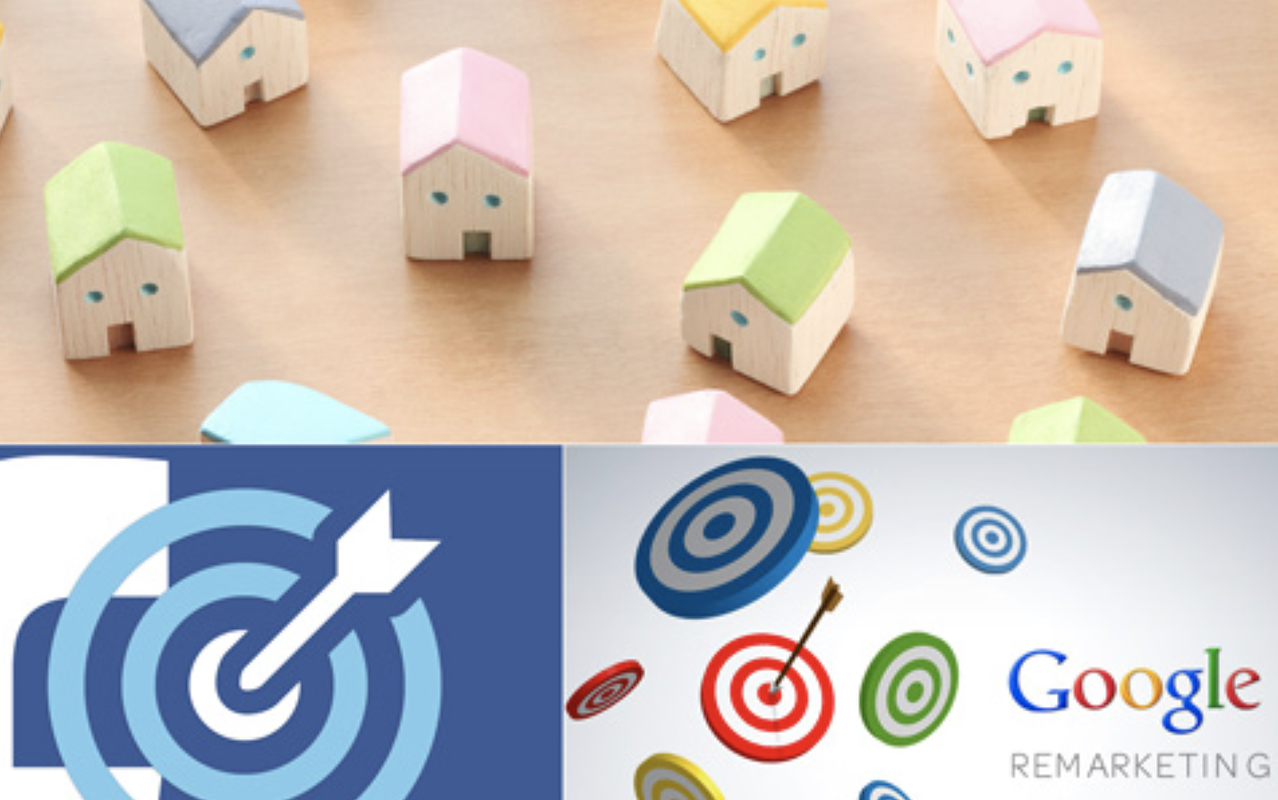Historically, there have been two important terms in advertising: reach and frequency. Reach is the number of people who will hear or see the message you’re promoting, while frequency lets a marketer know how many times the people the ad reaches will be exposed to it in a given period.
Now I’m going to suggest you forget about one of these terms altogether. In today’s competitive online landscape, can you guess which one is less important?
The answer is frequency. You used to have to pay extra to reach a whole bunch of people—many of whom didn’t care about your message—in order to also reach those who did care. Not anymore. Now you can be more targeted, make sure those who are showing interest are reached with even higher frequency, and pocket the savings.
Reaching large mass numbers is out; focusing on your target audience—as many times from as many different angles as possible—is in.
In my first job back in 2003 working for a private builder with $2 billion in revenue, I was to do pretty much one thing every week: design a full-page, full-color ad to go in the real estate section of a daily newspaper. Ad space cost between $10,000 and $15,000 each week, and being in the real estate section made it seem like it was targeted at the builder’s ideal audience. The newspaper’s reach in 2003 was incredible—the majority of the area’s population read a newspaper at least once per week. As an advertiser, I had to pay for that high level of reach, even though only about 2 percent of my metro area was in the market for a home at any given time.
Paying to reach people who have no interest in your product is wasteful. But in 2003, you had little choice. In today’s digital world, however, continuing to do so can have a catastrophic effect on the efforts of your sales and marketing teams. Reaching large mass numbers is out; focusing on your target audience—as many times from as many different angles as possible—is in.
Be Persistent, Be Precise
Identifying those who are most likely to purchase a new home has evolved light-years from the days of placing ads in the newspaper real estate section. Digital marketers can now target ads tied to online behavior—what web searches new-home seekers are doing, the other websites they’re visiting (Zillow? Trulia? Redfin?), and even from whom they’re receiving email. Often you’ll need to pay extra for this kind of laser-focused targeting, but there are some things you can do that cost almost nothing. Here are the foundational pieces to put in place now to become a professional stalker without breaking the bank.
1. Google AdWords Remarketing
By displaying your ad on other websites a user visits after being on your site, or within other web searches the user performs after leaving your site, your company can stay top of mind with those site visitors. (It’s called “remarketing” because you’re reintroducing your brand or product to a prospect who has already been on your site.) Setting up remarketing in Google AdWords is completely free; you only pay for actual results. That’s why we always encourage you to set this up and manage it yourself, if possible, instead of paying others to do so. There are several options to consider:
• Display ad remarketing: Most of us have had the experience of shopping online for an item and then seeing banner ads related to that item later on other sites, and it works exactly the same way for home builders. The beauty of this approach is that you only pay for ads when they’re clicked on, and display ads for remarketing have a very low click-through rate. That means it’s common to receive more than 100,000 ad impressions for only a couple hundred dollars per month.
• Search remarketing: You can also choose to show unique text ads based on the Google searches that users who have visited your website perform. This allows you to create messages, unique bid amounts, and more based on the knowledge that these users have already been to your site. Setting up remarketing list search ads can increase click-through rates to 10 percent or more for little cost. Do a Google search for “RLSA” for full details.
2. Facebook Remarketing
In today’s hyper-social world, Facebook remarketing is a must-do. It allows you to target—directly within Facebook—those who have visited your website and have a Facebook account. A potential customer visits your site on their laptop at 10 a.m., and when they hop on Facebook using their iPhone at lunchtime, there you are in the middle of their news feed.
What makes this type of remarketing effective is that it crosses over from one device to another because it’s connected to the site visitor’s Facebook account. Again, Facebook retargeting doesn’t cost anything extra and it’s quick to set up—it can take as little as 10 minutes. It’s also usually about 30 percent to 50 percent less expensive than the cost of regular Facebook ads.
Tell Your Unique Story, But Stop Shouting
Advertising in all its forms is about gaining your audience’s attention, and remarketing is no different. But because those who see your remarketing ads have already been on your website, you have a unique opportunity. The biggest mistake I see builders make is that they don’t create fresh messaging specifically for the purpose of remarketing. Instead, they keep hammering the same message, “We build homes for $XXX!” or “We build homes near you!”
Better would be to create ads based on the testimonials of happy homeowners or to promote awards you recently won for high customer satisfaction or a unique home design. Remarketing, especially on Facebook, provides the ability to tell your unique story without having to focus only on features, price point, and location. And an effective remarketing campaign has the effect of building trust in your company’s brand.
Mix It Up at Every Step
Once a visitor to your website signs up or submits information, you have the ability to note that in your remarketing efforts and show that visitor an entirely different set of messages, or turn off remarketing to them altogether. You can do the same for individual community pages on your site to allow for remarketing at the community level instead of at the corporate level. To push your creative thinking even further, imagine how powerful a 15-day “thank you” remarketing campaign on Facebook could be to those who completed an online survey post-closing.
A Key Piece of Your Digital Marketing Strategy
Remarketing should be a foundational element of your marketing strategy. Even in larger regions, the strategies discussed here will likely cost less than $350 per month. They’ll maximize the return on all the other online campaigns that drive traffic to your site by encouraging previous visitors to revisit your site. And once they come back, you have another shot at converting them from a browser to a buyer.











